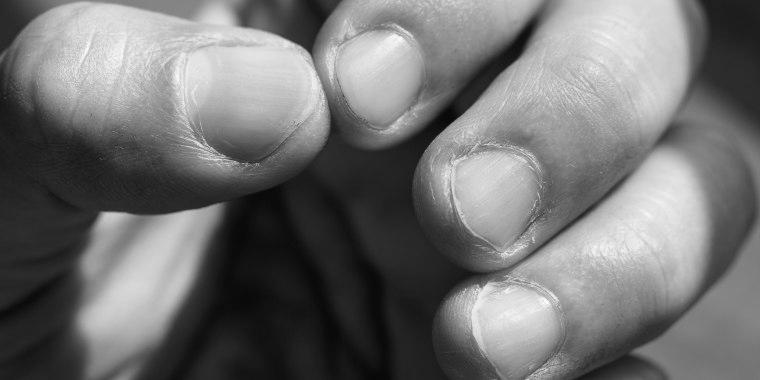What Do Our Nails Condition Show About Our Health?
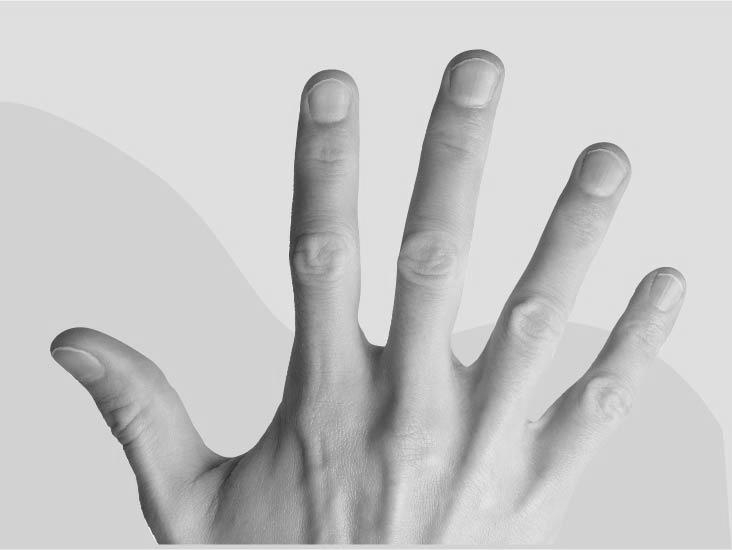
Did you know that our nails can give us a good insight into our overall health? For example, discoloration and white spots indicate various ailments, including psoriasis, Diabetes, and fungal infections. But what else can our nails tell us? What should we look for in them? If you’re looking for clues as to what ails you, keep reading!
Leukonychia
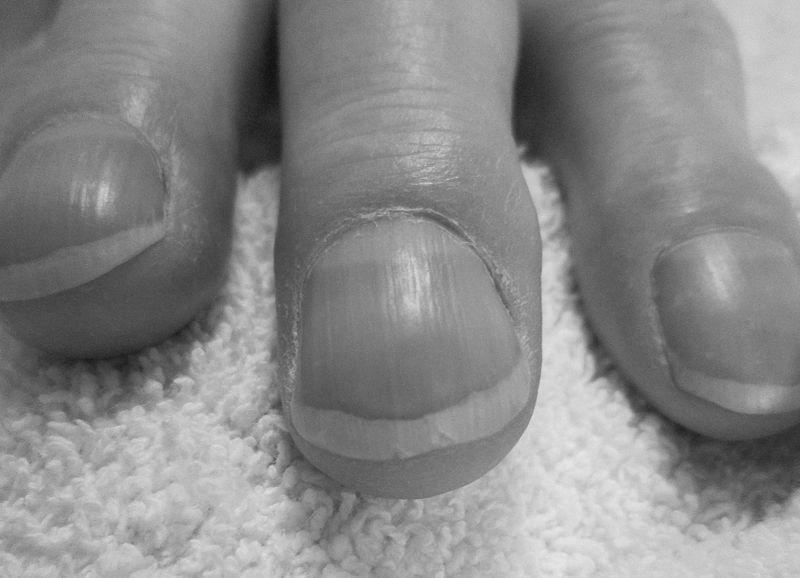
The white color of nails is not necessarily alarming, but it can signify severe systemic disorders or congenital malformations. White nails may be due to the nail plate or nail bed abnormalities, and it is essential to distinguish between them. This article will describe several types of leukonychia, their morphological features and pathogenesis, and the workup required to identify them.
There are many causes of total white discoloration of the nails, including nutritional deficiency and infection. Some cases are inherited. Regardless of the reason, treatment is based on identifying the underlying systemic illness. Leukonychia is usually cured with medical therapies for underlying systemic conditions. This condition affects men more often than women, but it can also affect women.
The condition is also referred to as white spots caused by damage to the nail plate. The white spots may appear in a band across the nail’s width, which is called punctate leukonychia. Other forms of leukonychia may include white lines on the nail plate, white dots, or even horizontal lines. A medical professional can help you figure out which one affects your nails and which one is the most bothersome.
Koilonychia
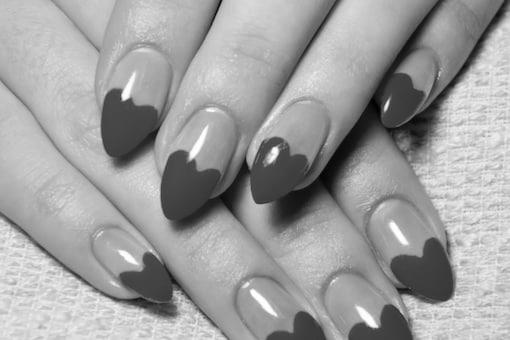
Koilonychia is a common symptom of a broader ailment, such as lupus, rheumatoid arthritis, or lupus erythematosus. It can also be a sign of a congenital defect or a symptom of a more serious underlying illness. It is essential to seek medical attention for any symptom of koilonychia, even if it is mild. Your primary care physician will begin your evaluation with preliminary testing. In addition to these tests, your physician may order additional blood workups to determine underlying conditions.
In addition to koilonychia, several other conditions can cause this condition, including anemia, psoriasis, and lichen planus. However, in some cases, koilonychia results from an underlying disease and cannot be treated with over-the-counter medications. Some dermatologists believe that koilonychia is an indicator of a more severe ailment.
The history of koilonychia varies according to the type of defect. In some cases, the condition is congenital, while in others, the symptoms may develop gradually over time. When koilonychia affects the big toe, patients may complain that their nails are flattened and have an indentation deep enough to hold a drop of water on the nail bed. In most cases, koilonychia will regress after 9 years when the thickened nail plate becomes harder.
A study conducted in India found that people living at high altitudes were more likely to develop koilonychia. This may be due to their traditional diet, which is low in iron. It may also be caused by genetics. If this is the case, treatment will usually involve the correction of the underlying cause. Dietary changes can correct an iron deficiency. Iron-rich foods include leafy greens, meat, and seafood.
Diabetes
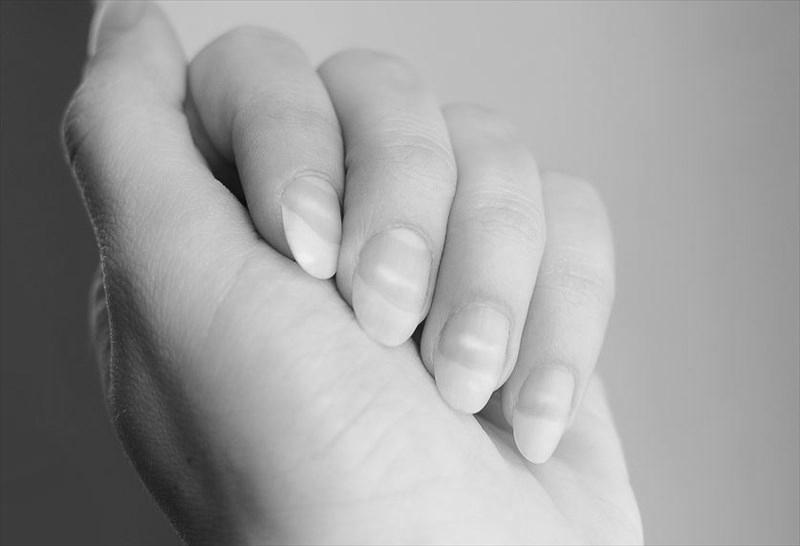
Often neglected, a nail’s condition can reveal our overall health. Healthy nails are yellow and flat, but there could be several issues at play when they turn yellow or thick. A diabetic’s nails are also more prone to glycemia and nerve damage, which increase the chances of infections. A diabetes expert explains that nails are an often overlooked window into our overall health.
A diabetic’s foot can develop an open sore. This can lead to an infection that can damage the foot and even require amputation. On the other hand, a fungal infection can be treated with a cream or nail lacquer. However, if the disease is terrible, it can take a year to heal. Diabetic foot pain can also result from diabetes-related changes in the condition of your nails.
The white crescent at the base of your nail is called the nail matrix, and it needs a constant supply of oxygen-rich blood and normal nerve function to function correctly. If your nail matrix becomes weak, your nails will become thin and brittle. People with Diabetes should know their symptoms, including fatigue, increased hunger, weight loss, blurred vision, and increased thirst. In addition to these, nail clippings can reveal whether someone is suffering from Diabetes.
If you notice a dark band on the tip of your nail, you may have Diabetes or some other health problem. A dark bar on each pin may indicate liver disease or congestive heart failure. Diabetics should see a doctor right away as Diabetes is one of the most common medical problems in the world. In addition to heart disease and kidney failure, Diabetes can affect the nails and increase the risk of heart disease.
Fungal infection
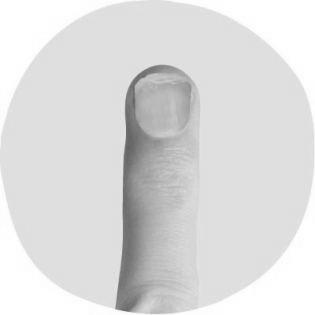
What do our nails say about our health? What can a fungal infection on our nails tell us about our health? This common condition is easily treatable. A simple physical exam can detect this condition, and treatment consists of antifungal medications and topical treatments. Surgical removal of the infected nail is sometimes necessary. A person may need more than one treatment to eliminate the infection in some cases.
The infection occurs when fungi enter the nail through small cracks and cuts. A warm, moist environment provides the perfect setting for the fungi to thrive. People who wear heavy work boots are at a higher risk of fungal infection than people who do not. People who have weakened immune systems are also susceptible. It is not uncommon for men to get a fungal infection, but women are almost three times as likely to get it as men.
Regardless of gender, fungal infection on nails can tell us about our health. Fungal infections on nails are more common in adults and men but can occur in anyone. A family history of the disease increases the risk of infection. Older adults have poor circulation, and their nails grow slowly and thicker. If left untreated, the infection can spread and cause pain and other signs of illness. When discussing treatment options with your doctor, mention any previous nail damage.
Your doctor will look at your nail and determine if you have a fungal infection for a diagnosis. The doctor will also clip a sample and send it to a lab for a culture. This test is essential because it can also show other causes of symptoms. If you suspect a fungal infection, seek treatment as soon as possible. Your health and well-being will depend on it!
Anemia
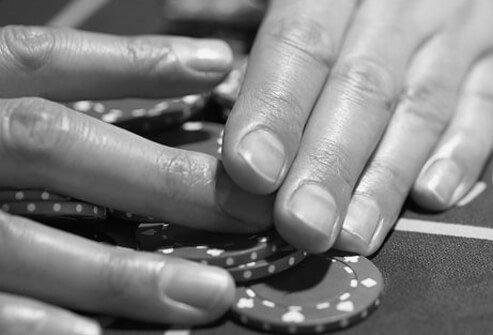
Many factors affect our nails and our health, and one of the biggest is anemia. Anemia can result in flat, spoon-shaped pins caused by poor absorption and nutrition. The shape of our nails can also indicate other health issues, including liver disorders and chronic anemia. The condition can be easily treated with diets rich in iron. Lean meat, beans, spinach, and raisins are all excellent sources of iron.
Anemia can also cause a peeling toenail, a sign of iron deficiency. To remedy peeling toenails, you should consume iron-rich foods. In addition, if you notice vertical ridges in your fingernails, this could indicate kidney disease. Another symptom of iron deficiency is brittle nail tips. Peeling nails can be caused by various causes, but iron-rich diets can often reverse peeling toenails.
Soft fingernails are also a sign of other health problems. Anemia and other lung conditions can also be spotted on the nails. The American Academy of Dermatology points to the importance of nails in our health. The role of iron in the body is crucial for maintaining skin, hair, and nails. If you’re suffering from any of these health issues, it’s essential to seek medical attention as soon as possible.
Weak nails can also be a sign of a lack of iron or other vitamins and minerals. You should take multivitamins and avoid using chemicals on your nails for these reasons. In addition to these steps, ensure that you don’t soak your toes in the water with suds. The weakness in your toes could also signify an underlying health condition, such as anemia.
How to Treat Nailbed Infection
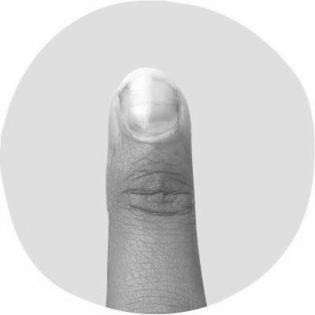
How to treat nailbed infection? Generally, paronychia is not a severe condition. You can treat mild cases yourself at home. Soaking your fingernail and cuticle in warm water helps drain the pus from under the skin. Apply a vapor rub or nail polish remover to the infected areas. Once the pus drains from under the skin, you can apply an antibiotic cream or gel.
Treatment of hangnail infection
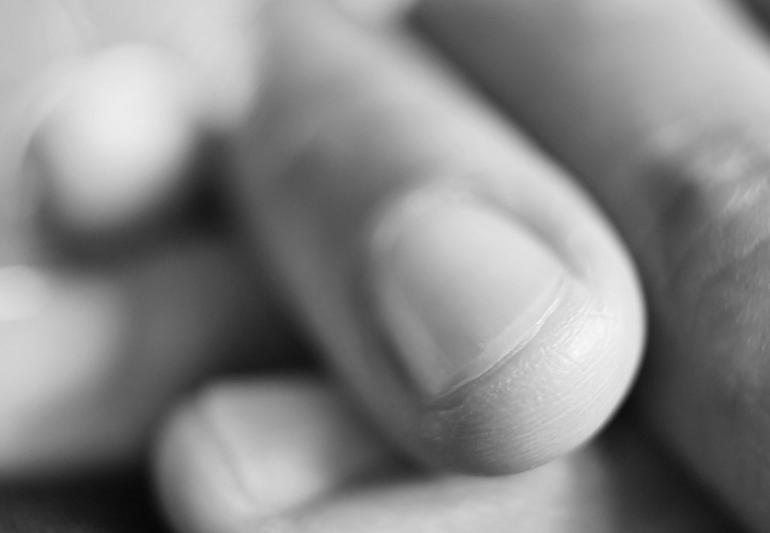
Treatment of hangnail infection varies depending on the cause. If it’s caused by bacteria, home remedies for the disease will help reduce pain and inflammation. People prone to water exposure or Diabetes may develop a fungal infection instead. It’s essential to soak the infected nail in warm water for at least 24 hours. To keep the condition from worsening, apply a cream containing vitamin E oil to the affected area and wear a cotton swab.
An over-the-counter antibiotic cream can help treat the infection. Apply the cream once daily to the affected area. Then, wrap the fingernail with a bandage to remove any fungi or bacteria. Keeping the affected area clean is essential, especially after cleaning your hands and fingernails. Infected hangnails can cause irritated skin and brittle nails.
Home remedies for hangnail infection may include applying petroleum jelly to the affected area to reduce swelling. Alternatively, you can seek medical help if the infection persists or has become more serious. If the infection is not apparent after a week, keep the finger moist with petroleum jelly. Do not pull your hangnails – this may encourage further infection. Hangnail infection can be a painful infection, but most people will recover independently.
A hanging nail is often the result of untreated nail fungus. It is a very stubborn fungus that needs professional treatment. For the best results, treatment for the infection should include a prescription of a particular product such as Strut Nail Formula. If the condition does occur naturally, you can use an over-the-counter solution like Strut Nail Formula or a topical ointment.
There are several natural cures for a hangnail. It’s essential to know the root cause of hangnail infection and take action accordingly. The cause of hangnail infection is unknown, but it can be traced back to bacteria. If you are prone to hangnail infection, it’s essential to take proper measures to prevent further development of the problem. However, you can expect a few days for the hangnail to disappear on its own.
Treatment of bacterial paronychia
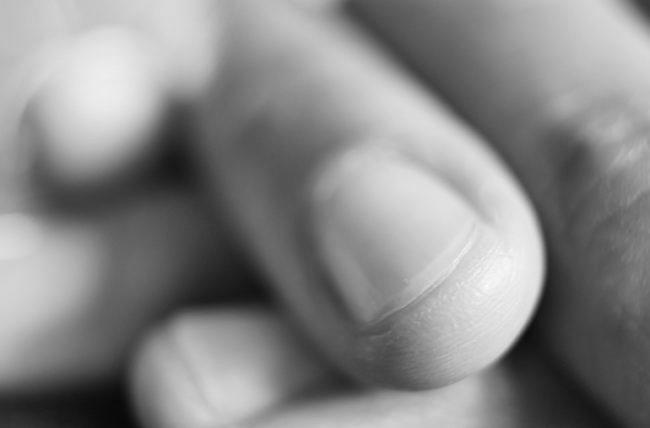
Acute bacterial paronychia is a painful, inflammatory condition involving the fingernail folds. Treatment involves antibiotics and topical steroids. If the disease has progressed to an abscess, draining may be necessary. A wide incision with a scalpel or hypodermic needle may be required. Generally, oral antibiotics are not needed unless the infection is severe.
Conservative therapy is an integral part of treating acute paronychia, but it is not enough to completely eradicate it. Patients with chronic paronychia must undergo regular hand washing with antibacterial soap. In addition to hand hygiene, they must avoid overexposure to water or wet environments. A topical cream can cure bacterial paronychia, but it may not eliminate it completely. An oral antifungal drug is necessary to fix chronic paronychia in some cases.
Bacterial paronychia requires aggressive treatment based on the suspected pathogens and local resistance patterns.
Acute paronychia can occur following the injection of the bacteria from the skin or a minor mechanical or chemical trauma. It can also develop in chronic paronychia due to oral or skin flora infections. In both cases, the bacteria may be both anaerobic and aerobic. Acute paronychia may occur as a complication of a new drug.
The most common form of bacterial paronychia involves chronic infection of the nail plate epithelium. If left untreated, chronic paronychia can result in acute kidney injury and complications. While acute paronychia may worsen without treatment, it is usually treatable with warm compresses or a warm soak. Surgical drainage of the infected area is another option.
In the past, antifungal agents were the mainstay of therapy. In some studies, antifungals were effective, but they did not cure the condition in others. Antifungal treatment was also used in patients with chronic paronychia, but its efficacy has limitations. Although antifungals have been used to treat bacterial paronychia, it is now mainly used to treat an associated fungal infection.
Treatment of fungal paronychia
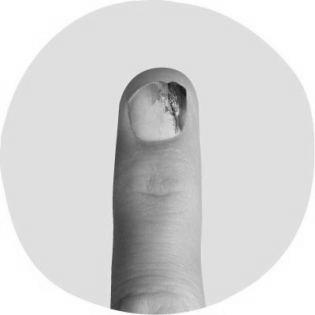
Home remedies for fungal paronychia are not always practical. Your doctor may recommend medical treatment for severe cases, such as draining the pus and applying topical steroids. Other treatment options may include surgery and topical steroid medications. However, home treatments for paronychia are only effective in mild cases. In the meantime, you should be aware of the causes of paronychia and follow your doctor’s advice as much as possible.
Your health care provider can diagnose your fungal infection by examining your sore. The doctor may want to look at your nail to rule out other causes, such as Diabetes or an underlying medical condition. In some cases, a health care provider may perform a biopsy or cut your nail to drain the pus. Depending on the severity of your fungal infection, your doctor may also prescribe oral antibiotics. If the condition is persistent, they may recommend that you see a surgical specialist.
Antifungal medications are the mainstay of treatment for acute paronychia. But when treatment is not enough, patients may also need systemic steroids or antifungal cream. These treatments may take weeks or months, and patients should avoid rubbing their hands on surfaces where they are exposed to germs. A doctor may prescribe systemic or topical antibiotics for fungal paronychia.
Acute paronychia may occur due to bacteria like Staphylococcus aureus but can also be caused by a cold sore virus. It usually begins after a minor injury to the folds of the nail. The skin around the nail may be red and tender and occasionally express pus. If untreated, chronic paronychia may lead to severe hand infection. Chronic paronychia may also spread to tendons and the surrounding skin.
A topical cream is usually recommended among the most common treatments for chronic paronychia. However, in rare cases, a prescription may not be enough. This condition may be caused by a different cause, such as an infection with Candida. For this reason, you should consult a dermatologist. Your doctor can prescribe topical creams and antifungal medications if you have chronic paronychia.
Treatment of chronic paronychia
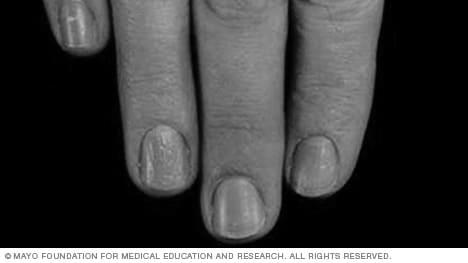
Acute and chronic paronychia are different conditions with slightly different treatment options. Occasionally, a doctor will drain the paronychia and prescribe systemic antifungal medication. Patients should avoid frequent hand-wetting, manicures, and other potentially irritating substances.
The causes of acute paronychia vary, but the primary causative organism is Staphylococcus aureus. Less common organisms include Pseudomonas and Proteus spp. Another cause may be regular hand washing or extensive manicure, which destroys the cuticle and allows different allergens and irritants to enter. Fungi can also penetrate the cuticle, including saprophytic fungi.
Your doctor will perform a thorough examination of your finger to make a diagnosis. Acute paronychia may recur after a few years of treatment, but it is usually a result of ignorance of preventative measures.
Surgical intervention and systemic medicines are standard options to treat acute paronychia. Sometimes, surgical involvement is necessary for severe cases, and it can be painful for several days afterward. If you experience a critical issue of paronychia, it’s best to seek treatment as early as possible to minimize complications. However, it’s essential to understand its natural history to avoid a more severe condition.
Surgical treatment for chronic paronychia focuses on resolving the infection. The most common treatment is to remove the entire nail plate, and surgical methods are recommended for recalcitrant cases. Surgical treatment can remove the whole nail plate or just the affected part. A Swiss roll technique helps retain the nail plate while allowing rapid healing without causing any skin defect. If the condition is severe, antibiotics will be prescribed with topical creams and other measures.
